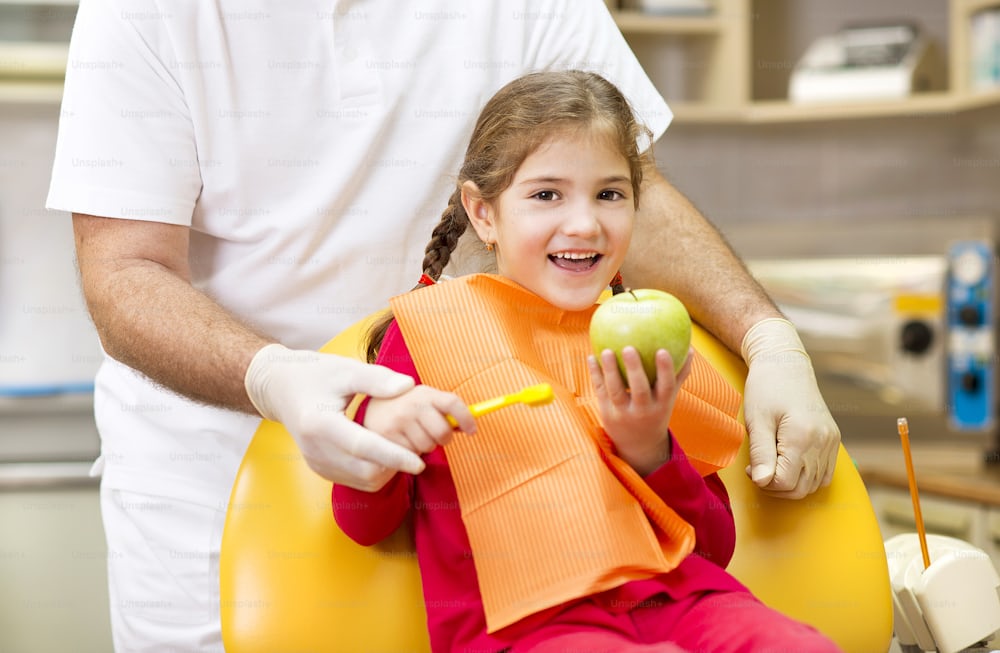Orthodontic treatments promote proper dental care and give patients a straighter smile. Some providers offer teens the choice between braces and Invisalign. Because traditional braces for teens can’t be removed during treatment, teens may need to change some of their diet and lifestyle habits. Here are some changes to adopt while undergoing orthodontic treatment to keep your teeth and gums healthy:
Effective Cleaning
Throughout their orthodontic treatment with braces or clear aligners, patients must keep their appliances clean. Thoroughly cleaning your braces and aligners helps prevent the accumulation of plaque and food particles. If these substances are left on the teeth and orthodontic appliances, they can cause tooth decay, gum disease, and bad breath. Brush and floss your teeth regularly to keep your teeth and orthodontic devices clean.
Stay Hydrated
Keeping your body hydrated promotes good oral health. Drinking enough water each day removes food particles, germs, and acids that cling to your braces, teeth, and gums. Staying hydrated when wearing braces helps prevent a dry mouth. This condition can cause oral irritation that is worsened when cheek surfaces come into contact with braces and other orthodontic gear.
Regular Dental Checkups
Your orthodontist and dentist will work together to guide you on proper oral hygiene methods that align with your treatment. Visit your dentist twice per year for cleanings and examinations. During your checkup, ask the dentist for recommendations that promote oral health while under orthodontic treatment. They may suggest using special flossing tools and other oral care products that reduce the risk of dental problems.
Use a Mouthwash
Brushing and flossing should be supplemented with mouthwash to prevent bacteria from reaching your teeth and gums. Regularly swishing with mouthwash gives your teeth extra protection in hard-to-reach areas. Some mouthwashes re-mineralize your teeth and prevent gum disease and decay. You can clean aligners and braces for teens with mouthwash to remove harmful bacteria.
Check Your Diet
Eating a healthy diet promotes healthy gums and teeth during your orthodontic treatment. Sticky, sugary, and hard foods can damage your teeth and braces. Choose soft, nutritious foods such as fruits, vegetables, lean proteins, and healthy fats. Chew your foods slowly to prevent damage to your braces, and brush your teeth after every meal to remove plaque and food particles.
Use the Right Toothbrush
Using the right toothbrush during orthodontic treatment prevents damage to your braces, teeth, and gums. Look for a toothbrush with soft, movable bristles that will be gentle on your mouth and orthodontic appliances. Replace your toothbrush approximately every three months, depending on how soon the bristles show signs of wear. Ask your orthodontist if you can use an electric toothbrush with your braces. These toothbrushes are highly effective for removing plaque.
Use the Right Toothpaste
The fluoride element in toothpaste strengthens teeth and prevents cavities. Consult your orthodontist and dentist before purchasing a toothpaste to learn which type best suits your needs. If your teeth are sensitive, your orthodontist may recommend a high-concentration fluoride toothpaste. Brushing daily with fluoride toothpaste lowers the risk of cavities and reduces their occurrence.
Explore Aligners and Braces for Teens
Orthodontists may suggest clear aligners or metal braces for teens, as these treatment methods are effective and convenient. Good oral hygiene during orthodontic treatment keeps teeth healthy while they’re being straightened. Maintain a consistent oral hygiene routine and attend all orthodontic appointments for ideal results. Contact an orthodontist today to learn more about caring for your oral health during treatment.
